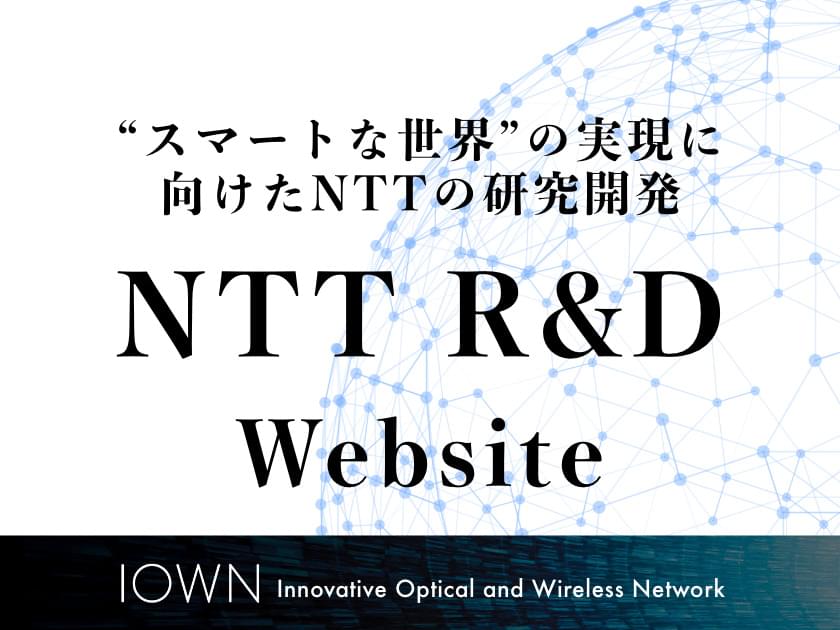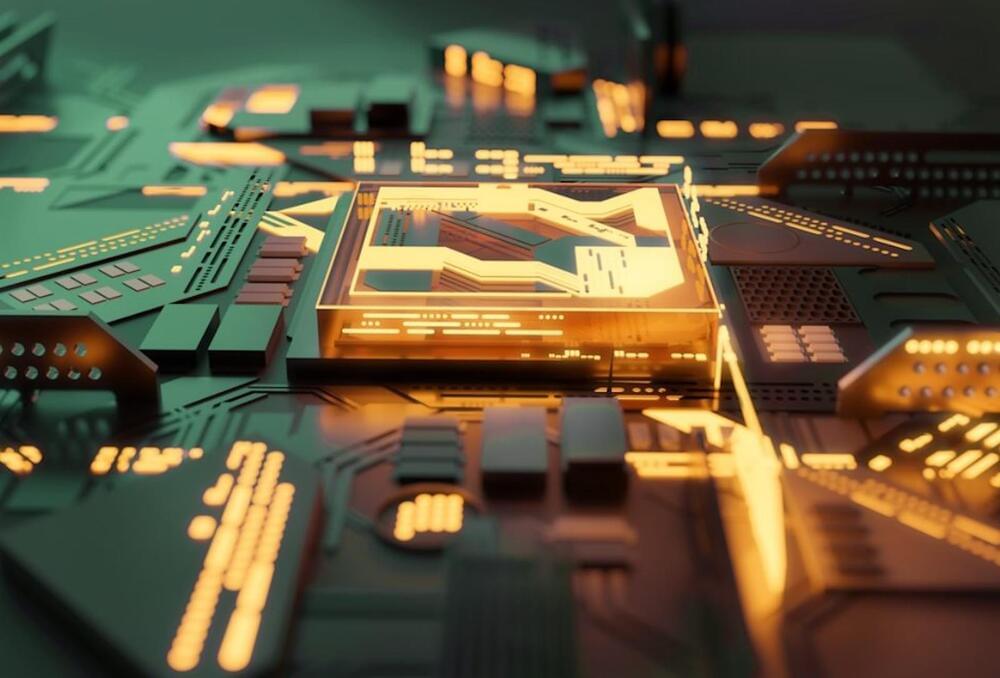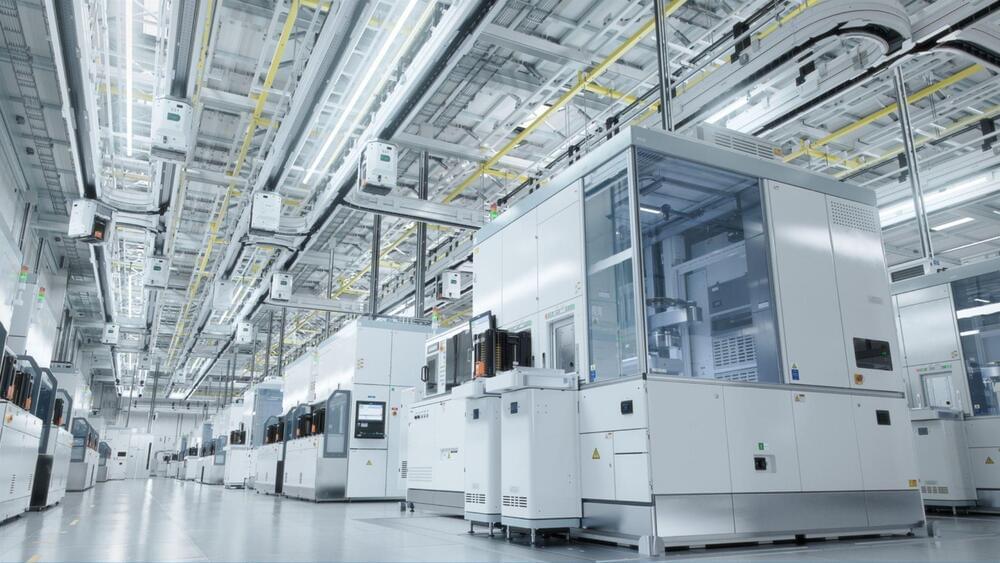This article introduces new approaches to develop early fault-tolerant quantum computing (early-FTQC) such as improving efficiency of quantum computation on encoded data, new circuit efficiency techniques for quantum algorithms, and combining error-mitigation techniques with fault-tolerant quantum computation.
Yuuki Tokunaga NTT Computer and Data Science Laboratories.
Noisy intermediate-scale quantum (NISQ) computers, which do not execute quantum error correction, do not require overhead for encoding. However, because errors inevitably accumulate, there is a limit to computation size. Fault-tolerant quantum computers (FTQCs) carry out computation on encoded qubits, so they have overhead for the encoding and require quantum computers of at least a certain size. The gap between NISQ computers and FTQCs due to the amount of overhead is shown in Fig. 1. Is this gap unavoidable? Decades ago, many researchers would consider the answer to be in the negative. However, our team has recently demonstrated a new, unprecedented method to overcome this gap. Motivation to overcome this gap has also led to a research trend that started at around the same time worldwide. These efforts, collectively called early fault-tolerant quantum computing “early-FTQC”, have become a worldwide research movement.





